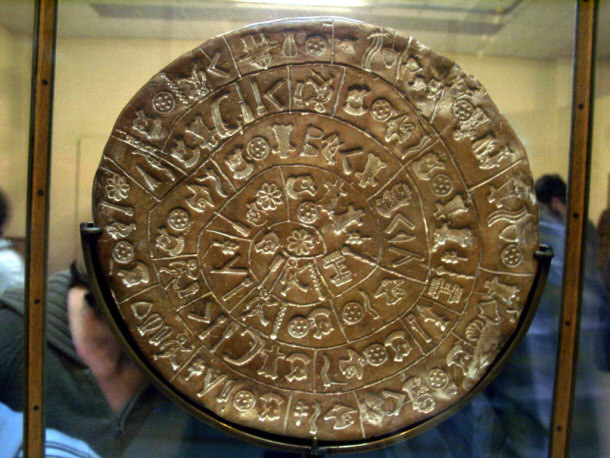
Revolutions in time, space, medicine, travel, and thought. Ray Bradbury, in the introduction to the 1974 collection Science Fact/Fiction, wrote, “Science fiction then is the fiction of revolutions. The best definitions of science fiction are evocative rather than exhaustive. Science fiction is a category of universe in which stories can happen, not a category of story. There are sci-fi subgenres, like the robot mysteries perfected by Isaac Asimov, but those are, generically, detective stories, for which Asimov’s puzzle-box robot ethics merely provide a complication. Will it end in marriage? In death? Knowing that a given story is sci-fi doesn’t tell you much about its plot, only what sort of things might appear in it: alien beings, travels in time, world-shaking technology, and so forth. ” It all depends on what one means by genre, of course, but if categories like “comedy” and “tragedy” are genres, then it has something to do with how the story unfolds.


Reading Science Fiction: A Literary History didn’t convert me, as the authors languidly gesture toward a generic definition with phrases like: “The SF genre cannot be defined as a single, fixed conceptual object it is a continually shifting matrix of megatexts. I have my own heretical position on this, as I don’t believe science fiction is a genre at all. The eight chapters by different sci-fi scholars cover topics from “The Beginning, Early Forms of Science Fiction” to “New Paradigms, After 2001.” Each of its contributors seems to have his or her own position on that definitional question, anyway. Science Fiction: A Literary History, recently published by the British Library and edited by Roger Luckhurst, chooses to forego defining the genre in order to discuss the sociopolitical stakes behind some of those “Whose Science? Which Fiction?” debates. Not, of course, that these science fiction fights aren’t proxies for fights about science or society itself.

But what becomes clear from a survey of science fiction’s history is that, if there’s one thing these authors love more than cosmic wonder and terror, it’s petty fights about what constitutes “real” science fiction. Long before anyone coined the terms “hard sci-fi” and “soft sci-fi” or used them as badges of pride or disparaging slurs, long before the “holy war” between old school pulp and the ’60s era New Wave, we have this demand from the cranky old school to the squishy new school: “Show me this metal.” Wells, whose social activism permeated his fiction, would no doubt claim that Verne was rather missing the point. In this put-down of one of the “Fathers of Science Fiction” by another, we see the future of the field. He goes to Mars in an airship which he constructs of a metal which does away with the law of gravitation. I go to the moon in a cannonball discharged from a cannon. He invents.” Verne cited his From the Earth to the Moon, which featured characters travelling to the Moon in an aluminum bullet fired from a giant cannon, contrasting it with Wells’s The First Men in the Moon, in which the lunar-bound spaceship is made of gravity-defying “cavorite.” Verne had based his space cannon on the latest technological discoveries of the time, even doing rough calculations on the necessary dimensions of the muzzle. “No, there is no rapport between his work and mine,” Verne snapped. Verne, who prided himself on the strict scientific accuracy of his tales of exploration and discovery, found the question offensive.

In 1903, the aging Jules Verne-famed French author of the 54 adventure novels in the Voyages extraordinaires series-was asked to compare his body of work to that of his upstart English competitor, H.G.


 0 kommentar(er)
0 kommentar(er)
